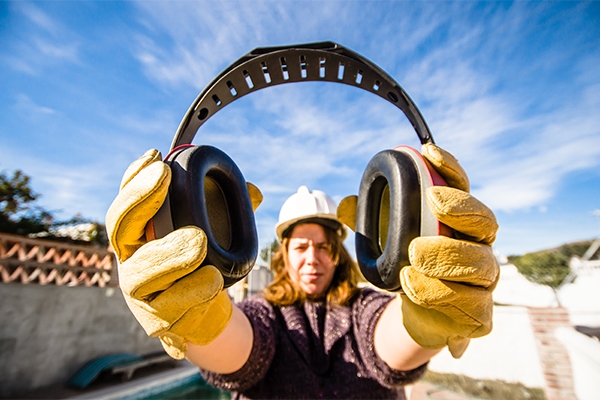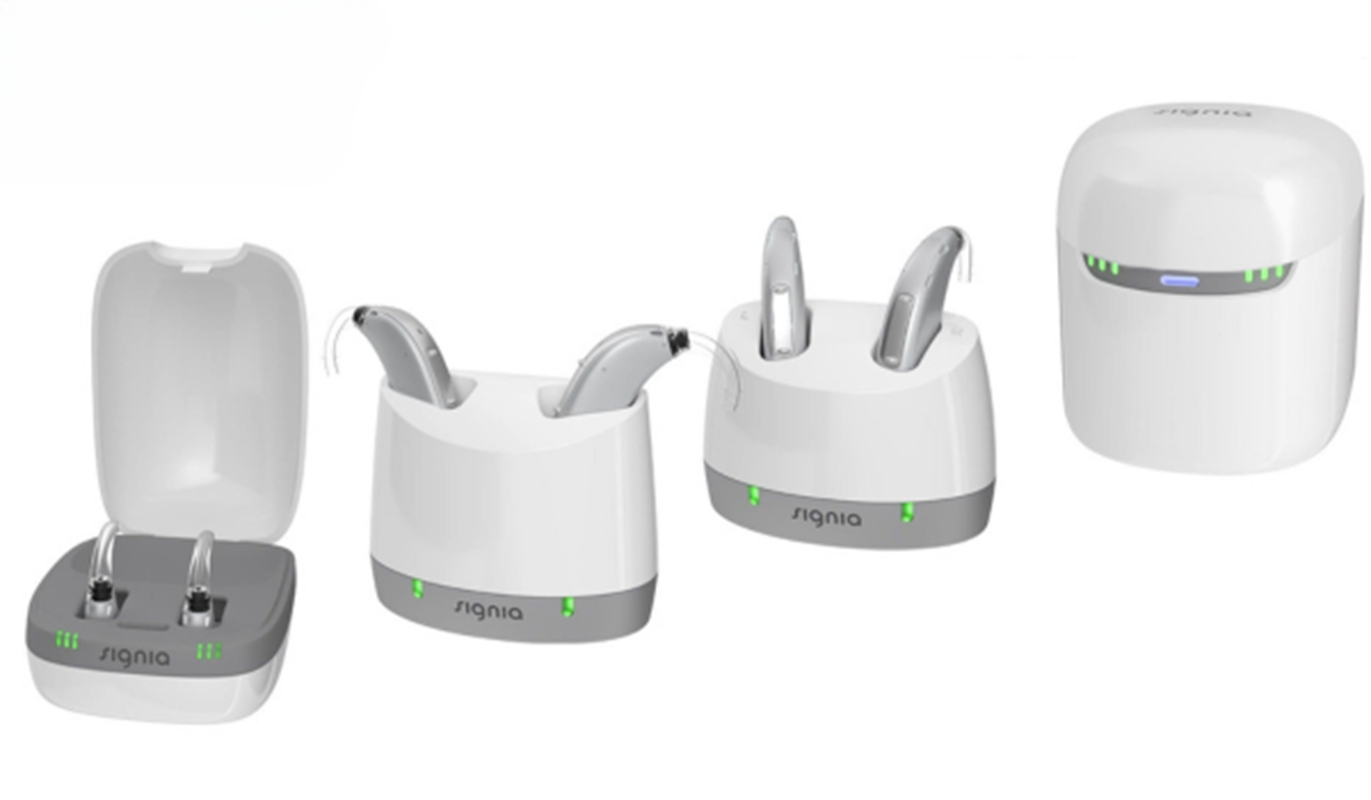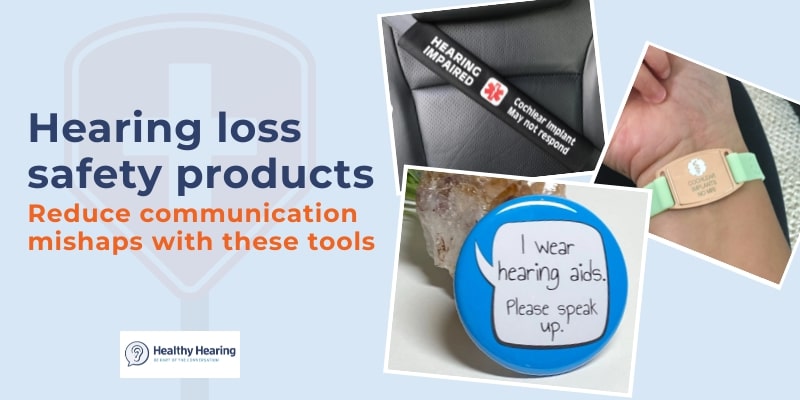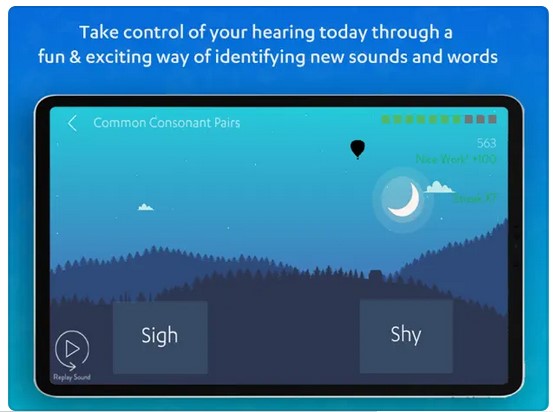During a typical hearing test, you’ll listen for a series of beeps in a sound-treated booth, picking out the very softest sounds you can detect. But these conditions are far from any person’s typical hearing environment—when you’re out in the world, and not in a quiet booth, there’s constant noise: the hum of an air conditioner and washing machines, nearby conversations, sirens and honking, clattering plates in restaurants, and so on.
Hearing specialists have a tool that can help detect your ability to hear in noisy places: speech-in-noise (SIN) testing. But surprisingly, these tests are not always included in a typical visit. Here’s what you need to know about this important test.
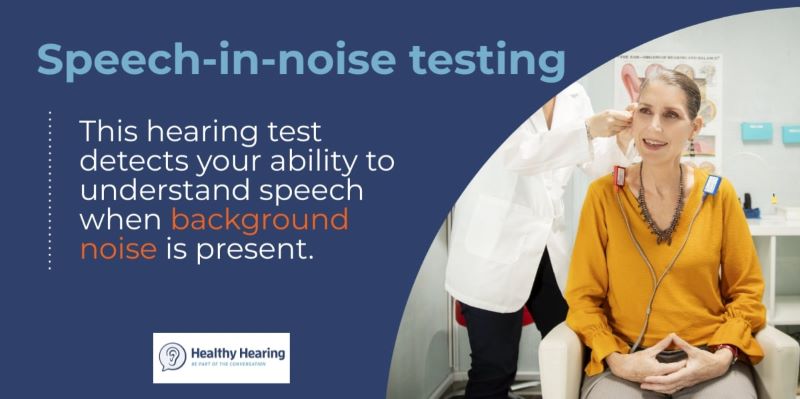
What is speech-in-noise testing?
Pure-tone hearing tests—those ones where you push a button when you hear a beep—are certainly meaningful, says Margaret “Maggie” Robertson, AUD, an audiologist at Davis Audiology in Greenville, South Carolina. But pure-tone tests only reveal hearing sensitivity, she says, and “not how that patient would function at work or in a restaurant or with a group of friends.”
Quick speech-in-noise test
There are a handful of varieties of speech-in-noise tests available, which help to reveal how a person hears when there’s background noise. One commonly used one, according to a May 2019 article in The Hearing Journal, is the Quick Speech-In-Noise Test (QuickSIN), which consists of a series of sentences.
Here’s how it works: First, you’ll hear a sentence with hardly any background noise, Robertson says. That’s the control sentence. Then, with each time the sentences are played, the background noise gets louder. Robertson says administering the test takes just two minutes.
Other available SIN tests include the Acceptable Noise Level (ANL), Speech Reception in Noise Test (SPRINT), and Listening in Spatialized Noise – Sentences (LiSN-S), according to a 2024 article in Seminars in Hearing.
Any speech-in-noise test, whether it’s the QuickSIN or another variety, helps your audiologist understand how loud you need speech levels to be compared to background noise for the speech to be intelligible.
A 'valuable' part of any hearing test
“Some people can hear perfectly if there’s a lot of loud noise; they can still focus and understand speech, no matter if the speech is at the same level as the background noise,” Robertson says. But not everyone: “[For] some people, the speech signal needs to be significantly louder than the background noise for them to understand speech clearly.”
While these tests take mere minutes to administer, the results are powerful—Robertson feels they’re the “most valuable part” of the appointment, particularly for new patients.
Why these tests matter
It’s possible, Robertson points out, for two people to have the same levels of hearing loss, but function very differently at a restaurant (a classic challenging hearing environment). That’s because their brains may have different abilities to key into speech, she says.
Without using speech-in-noise tests, audiologists can’t necessarily pinpoint this difference in hearing ability in various environments. “If you don’t test that, you could either make the wrong recommendation or not help a patient who could really benefit from a certain treatment option,” Robertson says.
In some cases, speech-in-noise testing can be helpful when a person has "hidden hearing loss," meaning, they have a normal audiogram but may have an underlying nervous system disorder that makes listening more challenging.
Hearing aids with directional microphones may be recommended
For instance, people who have a tricky time hearing when there’s background noise may benefit more from hearing devices that sit over your ear, which have directional microphones, versus ones that go deep in your ear canal and have only one microphone, Robertson says. That is, your test results might dictate the style of hearing aids, as well as the best level of technology.
Speech-in-noise test results can also influence how your audiologist counsels you, and your loved ones. If your budget dictates that you opt for an entry-level device, it’s even more important for loved ones to let you see their face while talking and minimize background noise, Robertson says. Or, this may be an instance where assistive listening devices can bridge the gap, allowing you to purchase a budget-friendly hearing aid, and give your partner a device to speak into, so the sound goes right in your ears, Robertson says.
One final reason speech-in-noise tests are important: Research indicates that people with severe scores may potentially indicate cognitive impairment or a sensory processing disorder, Robertson says. In some cases, an auditory training program may help. Overall, the results of this test can help audiologists do the right follow-up care and make targeted referrals.
How to find clinics that offer speech-in-noise tests
Despite all these benefits, speech-in-noise tests aren’t always administered at a hearing appointment. In fact, a 2019 article in the journal Audiology Today notes that “fewer than 15 percent of audiologists perform SIN tests routinely.”
What’s behind this lack of usage? It’s unclear. Perhaps people have older audiometers and haven’t added the test to their setup. Perhaps they’re overwhelmed by the variety of SIN tests available. Perhaps there’s a cost to adding these tests, both in terms of training and the time it takes to administer it during appointments.
But Robertson notes that administering this test “can save you a lot of time and follow-up care, because then you can make the right recommendations.” Since not all hearing care providers perform this test, ask if it’s available when you make an appointment, Robertson recommends.
Find a clinic near you
Our directory lists thousands of consumer-reviewed hearing clinics near you. Call a hearing care provider near you today to ask if they offer speech-in-noise testing.
More: How to hear better in even the most challenging places (like a crowded restaurant)
The above is the interpretation of Speech-in-Noise Testing: Why It's Crucial for Diagnosis provided by Chinese hearing aid supplier Shenrui Medical. Link https://www.srmcm.com/Blog/Speech-in-Noise_Testing_Why_It_s_Crucial_for_Diagnosis.html of this article is welcome to share and forward. For more hearing aid related information, please visit Blog or take a look at our Hearing aids products






